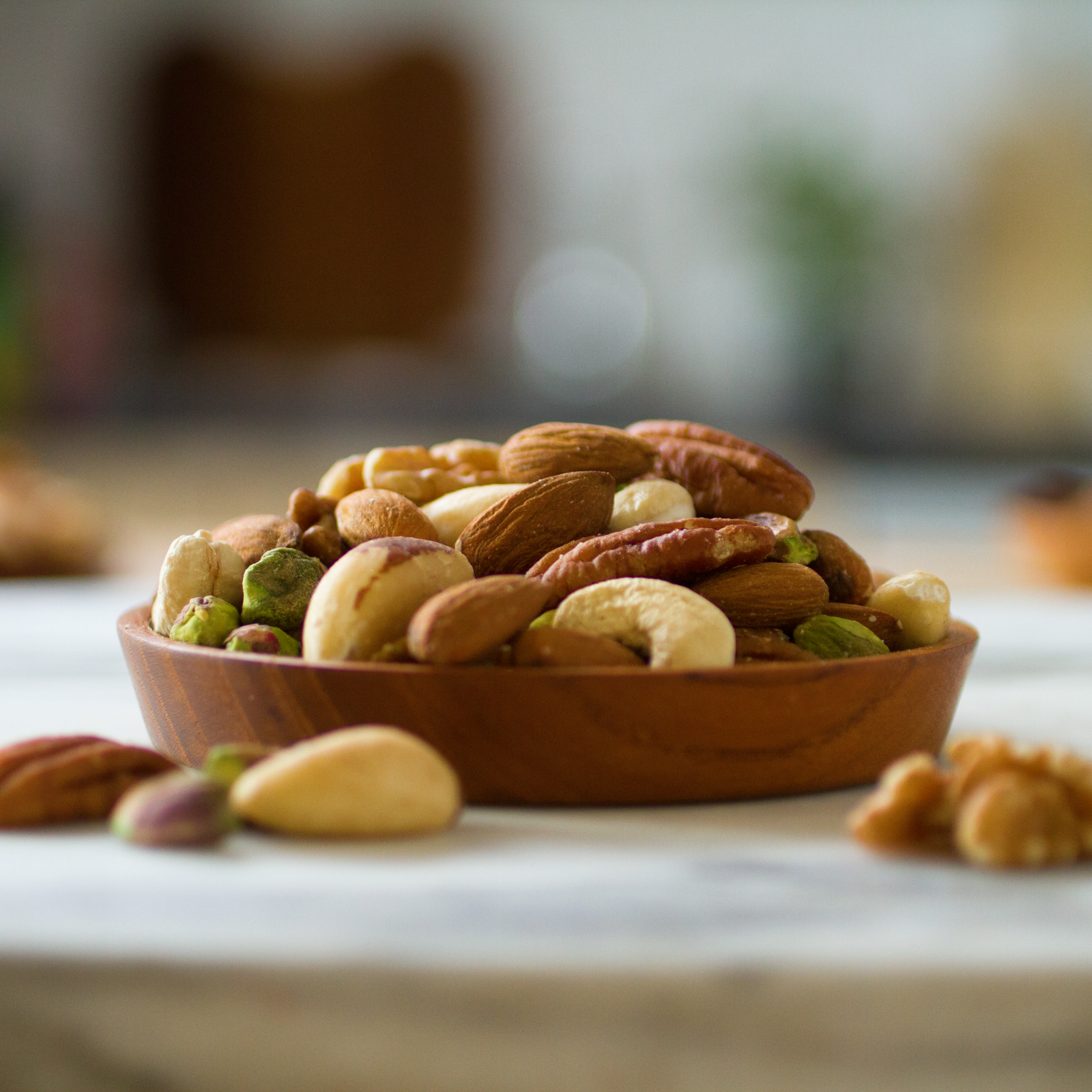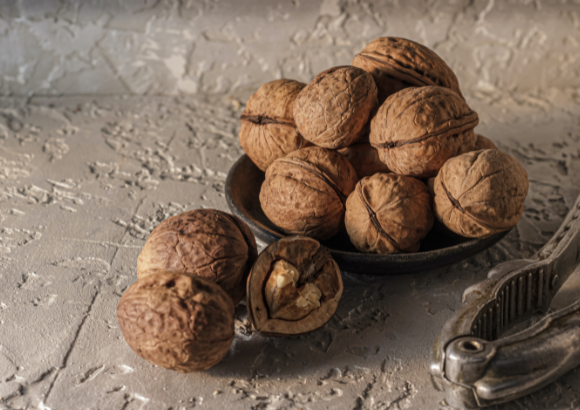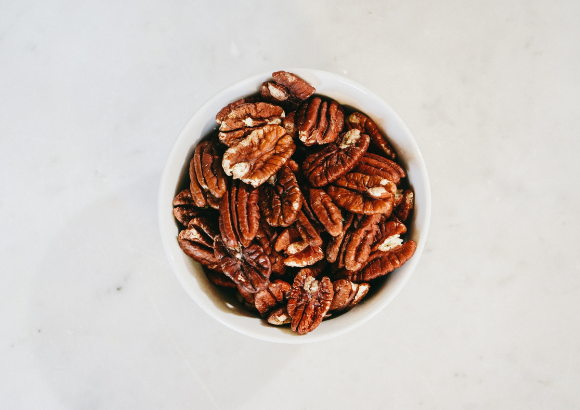This information should be read with our peanut and tree nut allergy factsheet.
If you suspect you are allergic to tree nuts, it is important to visit your GP and seek a referral to an allergy clinic.
Tree nuts include almonds, Brazil nuts, cashew nuts, hazelnuts, walnuts, pecans, pistachios and macadamia nuts.
There are two types of tree nut allergy. The first type is known as a primary food allergy. This is where a person becomes allergic to the nut through direct contact. Although the severity of the allergy can vary, this type of allergy has the potential to cause a severe, life-threatening allergic reaction (anaphylaxis).







